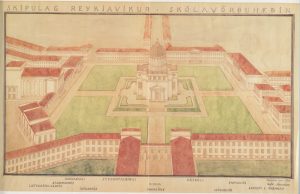Area of research: My main field of research has been cultural history from the late 19th century to the present. In recent years I have written on cultural politics and aesthetics, cultural heritage and the human body as cultural phenomena. My current research focus is on place attachment and everyday heritage of the urban landscape.
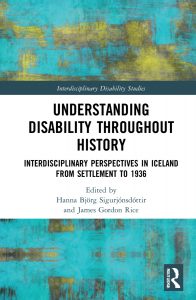 |
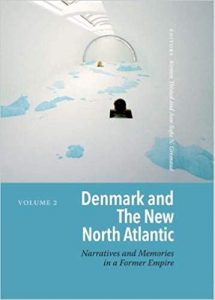 |
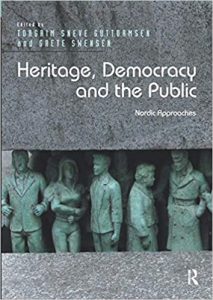 |
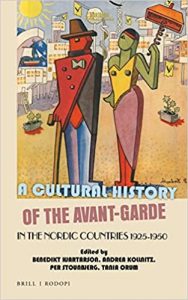 |
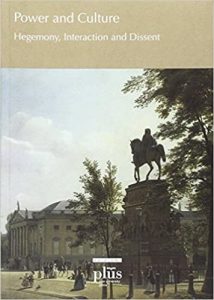 |
Research projects:
- Hauntɘd: Heritage attachment in the urban terrain: Everyday encounters with places of the past. (2022-2024) Thee-year project funded by IRF with the overall aim to contribute to an understanding of how people ascribe meaning and give value to historic urban landscape and to analyse the kind of emotions and types of affective qualities that emerge through sensory engagement with places of the past.
- Disability before Disability (2017-2020) was designed as an interdisciplinary project to open up new and understudied perspectives and unheard voices from the past by investigating ‘disability’ (as a concept and embodied experience) in variety of sources from the medieval Icelandic prose literature through history to the personal narratives in the 20st century, folkloric material, artefacts and archaeological evidence. Directed by Hanna Björg Sigurjónsdóttir, Professor of disability studies at the University of Iceland.
- Mobilities and Transnational Iceland (2016-2019) was a project that aimed to bring together researchers studying recent changes in Iceland from the perspective on mobility and transnational connections.
- UnToRo: The Untold Story. An Oral History of the Roma People in Romania (2014–2017). Research project funded by EEA-Structural Fund. Partnership of Babes Bolyai University, Romania, and University of Iceland.
- Danmark og det nye Nordatlanten. Identitetspositioner, naturressourcer og kulturarv (2013-2019). International transdisciplinary project funded by Calsbergsfondet, directed by Kirsten Thisted, associate professor at Institut for Tværkulturelle og Regionale Studier, University of Copenhagen.
Dissertation
I defended my doctoral dissertation in 2012 which I developed into the book Háborgin: Menning, fagurfræði og pólitík í upphafi tuttugustu aldar (The Citadel: Culture, Aesthetics and Politics in early Twentieth Century). The study is on the interaction between culture, in the aesthetic sense, and socio-ethical concerns and agendas within the political sphere in Iceland ca. 1910-1930. The focus is on analysing how governmental power was used in different ways to promote, manipulate and manage cultural resources for diverse ends; administrative, ethical, aesthetical etc. and conversely how cultural resources emerged as “effects” of governmental agendas. As regards the theoretical perspective I have been preoccupied with work that can be termed historical cultural studies, especially those that analyse the relationship between the political, the social and the cultural. This type of research has of late been influenced by Foucault’s writings on governmentality and post-foucauldian re-examinations of the function and role of the modern state. Empirically the study deals with sources that have come into existence through governmental and non-governmental involvement with visual arts and music, involvement that has intentionally or inadvertently aimed at influencing both society and individual. Questions that are dealt with centre on issues such as how the government and politicians thought that the standing and international reputation of Icelandic society might be enhanced through investment in high culture; how the taste of individuals for art and entertainment might be improved and how that was thought to have a positive effect on the moral standing of the individual. Abstract
